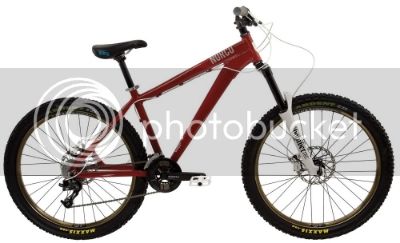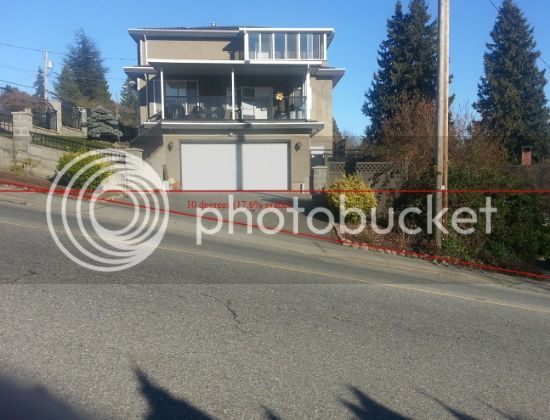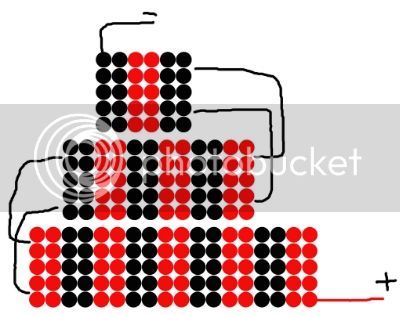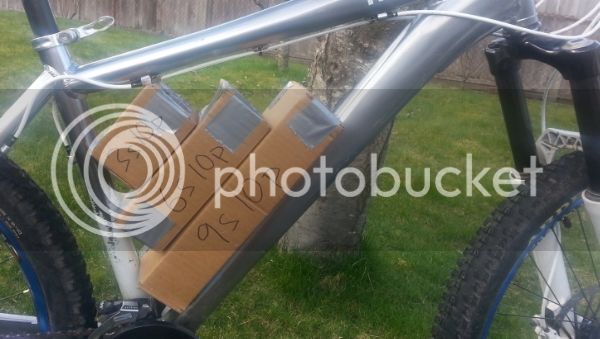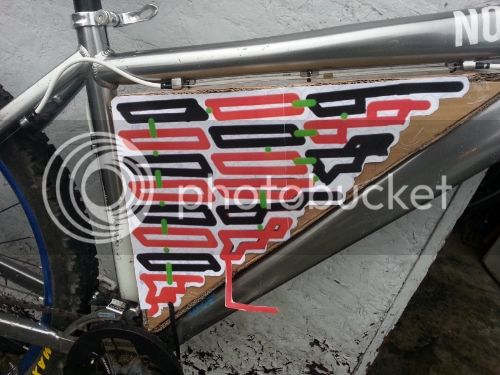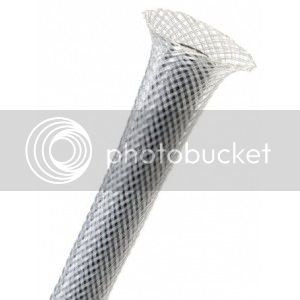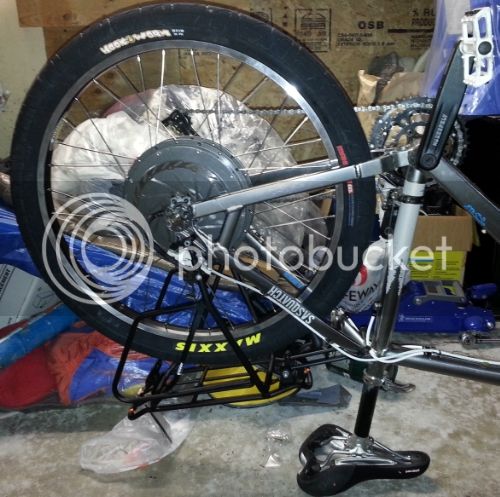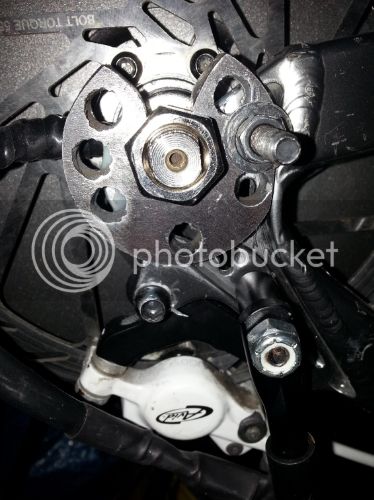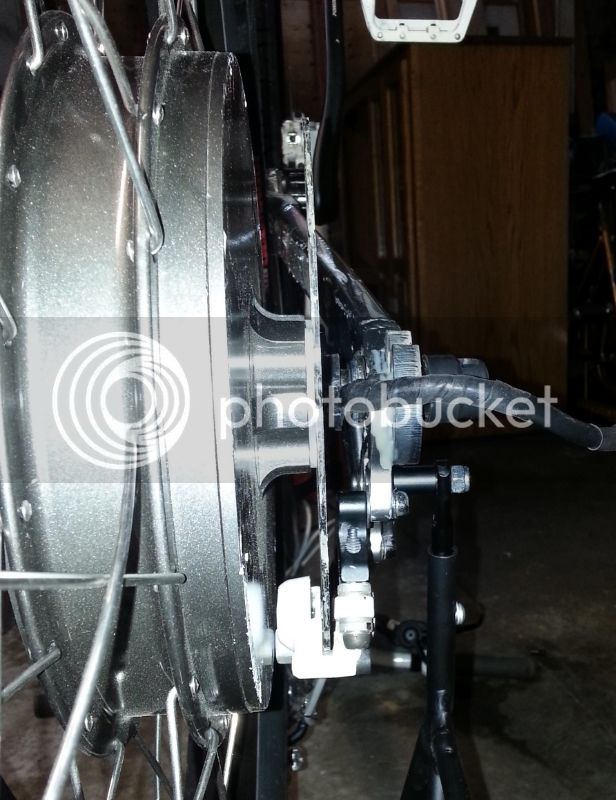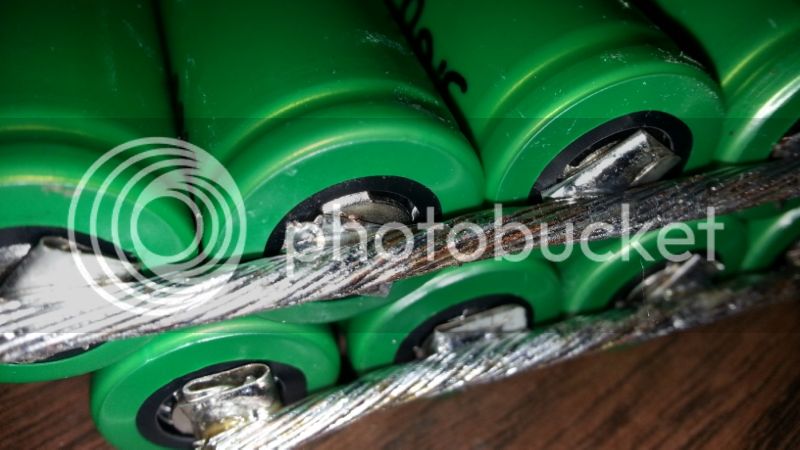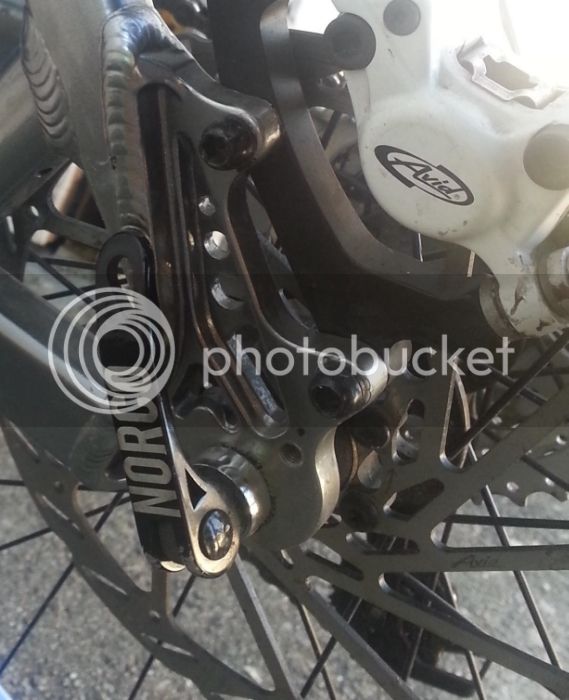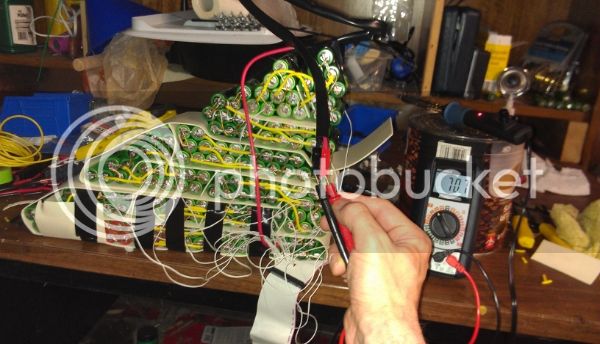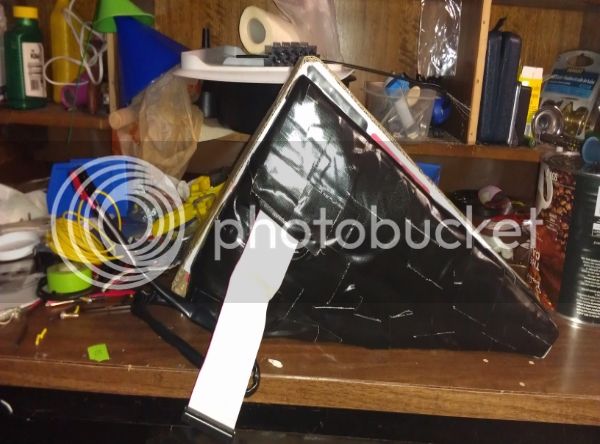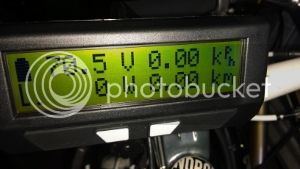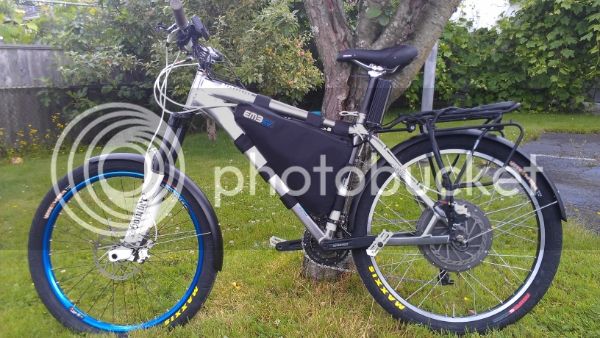molybdenum
1 kW
Hi all,
After gaining an interest in green technology and beginning the planning phase for an e-bike project, my research quickly led to endless sphere. Although I'm admittedly a total noob when it comes to e-bikes (never having touched one), I'm familiar with some of the technology that goes into making one and the rest I will learn as I go. I hope to have this all put together quickly, though I think that early May would be a realistic completion date given my busy schedule.
My commute, for which I currently use a non-electric hybrid, is just over 14 km each way. The least hilly and most direct route happens to be very dangerous for bicycles, so I take a longer route with several hills (maybe a couple short hills with 8 degree gradient and no steep hills longer than 500 m).
Ideally, my build should:
- Be water resilient (In the pacific northwest, you don’t ride if you don’t like rain)
- Have a top speed of 50 kph, and a range of at least 35 km at 35 kph without pedalling.
- Be stealthy in appearance (I would be riding at cruising speeds of 35-40 kph max with some pedalling and hopefully won’t be drawing too much attention).
In order to achieve this, I'm thinking of the following:
- Crystalyte HS3540 (rear).
- 35A 48-72 V controller.
- 66 V (nominal) 15 Ah high discharge battery (I might go to 20 Ah depending on the c rating of the available cells).
From running the simulations at ebikes.ca (at 66 v,15 Ah), I realize that the clyte motor would burn in 22-30 min if I held WOT on a full charge but I think some common sense and good old fashioned restraint should get me by. I’ll definitely consider a Cycle Analyst and a temp sensor. Just going to 80% throttle on the flats would be sufficient to prevent burnout. My target speed of 35-40 kph would be achieved at 50-60% throttle and the range should be between 67 and 50 km at these speeds.
My main concern with the HS3540 is that it is not a good hill climber. There are a couple hills nearby (not on my work commute) which, according to the simulator, would fry the motor in just 10 minutes at 50% throttle (23 kph). The other options would be to either install a planetary gear motor (not as fast) or a mid-drive (not very stealthy + need a different frame). I guess you can’t have your cake and eat it too; I’ll probably just rely on careful route planning and monitor temperatures as need be.
For the battery, I'm thinking that 66 V seems a good compromise between good power/speed and what the motor can tolerate. I'm not committed to any particular brand or chemistry. I’d like to avoid HK Lipo as even the best managed packs carry some inherent risk and my only good charging place – the fireplace - is in the family room. I’d like to avoid LiFePO4 because it won’t provide the amps at 20 Ah that I require without sag and the power density is lower than those of other chemistries. I'm leaning toward Panasonic NCR18650 PF or Sony 18650V/VTC4. I'm comfortable with making my own pack, as this should be an interesting project and it will cut costs significantly (if I can get my hands on some cells).
So here’s where it gets ugly. I'm on a bit of a budget and the best thing I have to say about this bike is it didn't cost me anything - but it should do the job until I find something better:
A 2000 vintage Norco NX 1500 in good condition
- Dual suspension 19” 6061 aluminum frame with 24” wheels.
- 135 mm dropouts
- 8 spd rear cassette
Edit: Thoroughly sheepish for thinking this would be a suitable frame, I have removed the picture; no one needs to see this crap anyway. If you're curious, here's the link: http://i1324.photobucket.com/albums/u614/Molybdenite/20140219_155356_zpsa5f4b033.jpg
Oddly, I can find lots of info about the 2000-2001 NX1000 and NX2000 but it is as if the NX1500 never existed. Since they look alike, I suspect it is like the NX2000 but with crappier components and no disc brakes (has mounts). If I put the seat high enough, it has a similar rider profile as my hybrid commuter and seems quite comfy.
The bar between the head tube and the seat post is for my hitch mounted bike carrier. I'd probably split the pack and mount the batteries on either side of the top tube balanced and centred at the head tube. If the bike handles well, I'll try to mount a rack and hide the motor behind panniers. Of course I'll always be on the lookout for a better donor bike.
Ideas and opinions would be appreciated. I also give a big thanks to all those who have shared information and know-how on endless-sphere; this is truly an amazing resource for the community.
After gaining an interest in green technology and beginning the planning phase for an e-bike project, my research quickly led to endless sphere. Although I'm admittedly a total noob when it comes to e-bikes (never having touched one), I'm familiar with some of the technology that goes into making one and the rest I will learn as I go. I hope to have this all put together quickly, though I think that early May would be a realistic completion date given my busy schedule.
My commute, for which I currently use a non-electric hybrid, is just over 14 km each way. The least hilly and most direct route happens to be very dangerous for bicycles, so I take a longer route with several hills (maybe a couple short hills with 8 degree gradient and no steep hills longer than 500 m).
Ideally, my build should:
- Be water resilient (In the pacific northwest, you don’t ride if you don’t like rain)
- Have a top speed of 50 kph, and a range of at least 35 km at 35 kph without pedalling.
- Be stealthy in appearance (I would be riding at cruising speeds of 35-40 kph max with some pedalling and hopefully won’t be drawing too much attention).
In order to achieve this, I'm thinking of the following:
- Crystalyte HS3540 (rear).
- 35A 48-72 V controller.
- 66 V (nominal) 15 Ah high discharge battery (I might go to 20 Ah depending on the c rating of the available cells).
From running the simulations at ebikes.ca (at 66 v,15 Ah), I realize that the clyte motor would burn in 22-30 min if I held WOT on a full charge but I think some common sense and good old fashioned restraint should get me by. I’ll definitely consider a Cycle Analyst and a temp sensor. Just going to 80% throttle on the flats would be sufficient to prevent burnout. My target speed of 35-40 kph would be achieved at 50-60% throttle and the range should be between 67 and 50 km at these speeds.
My main concern with the HS3540 is that it is not a good hill climber. There are a couple hills nearby (not on my work commute) which, according to the simulator, would fry the motor in just 10 minutes at 50% throttle (23 kph). The other options would be to either install a planetary gear motor (not as fast) or a mid-drive (not very stealthy + need a different frame). I guess you can’t have your cake and eat it too; I’ll probably just rely on careful route planning and monitor temperatures as need be.
For the battery, I'm thinking that 66 V seems a good compromise between good power/speed and what the motor can tolerate. I'm not committed to any particular brand or chemistry. I’d like to avoid HK Lipo as even the best managed packs carry some inherent risk and my only good charging place – the fireplace - is in the family room. I’d like to avoid LiFePO4 because it won’t provide the amps at 20 Ah that I require without sag and the power density is lower than those of other chemistries. I'm leaning toward Panasonic NCR18650 PF or Sony 18650V/VTC4. I'm comfortable with making my own pack, as this should be an interesting project and it will cut costs significantly (if I can get my hands on some cells).
So here’s where it gets ugly. I'm on a bit of a budget and the best thing I have to say about this bike is it didn't cost me anything - but it should do the job until I find something better:
A 2000 vintage Norco NX 1500 in good condition
- Dual suspension 19” 6061 aluminum frame with 24” wheels.
- 135 mm dropouts
- 8 spd rear cassette
Edit: Thoroughly sheepish for thinking this would be a suitable frame, I have removed the picture; no one needs to see this crap anyway. If you're curious, here's the link: http://i1324.photobucket.com/albums/u614/Molybdenite/20140219_155356_zpsa5f4b033.jpg
Oddly, I can find lots of info about the 2000-2001 NX1000 and NX2000 but it is as if the NX1500 never existed. Since they look alike, I suspect it is like the NX2000 but with crappier components and no disc brakes (has mounts). If I put the seat high enough, it has a similar rider profile as my hybrid commuter and seems quite comfy.
The bar between the head tube and the seat post is for my hitch mounted bike carrier. I'd probably split the pack and mount the batteries on either side of the top tube balanced and centred at the head tube. If the bike handles well, I'll try to mount a rack and hide the motor behind panniers. Of course I'll always be on the lookout for a better donor bike.
Ideas and opinions would be appreciated. I also give a big thanks to all those who have shared information and know-how on endless-sphere; this is truly an amazing resource for the community.


